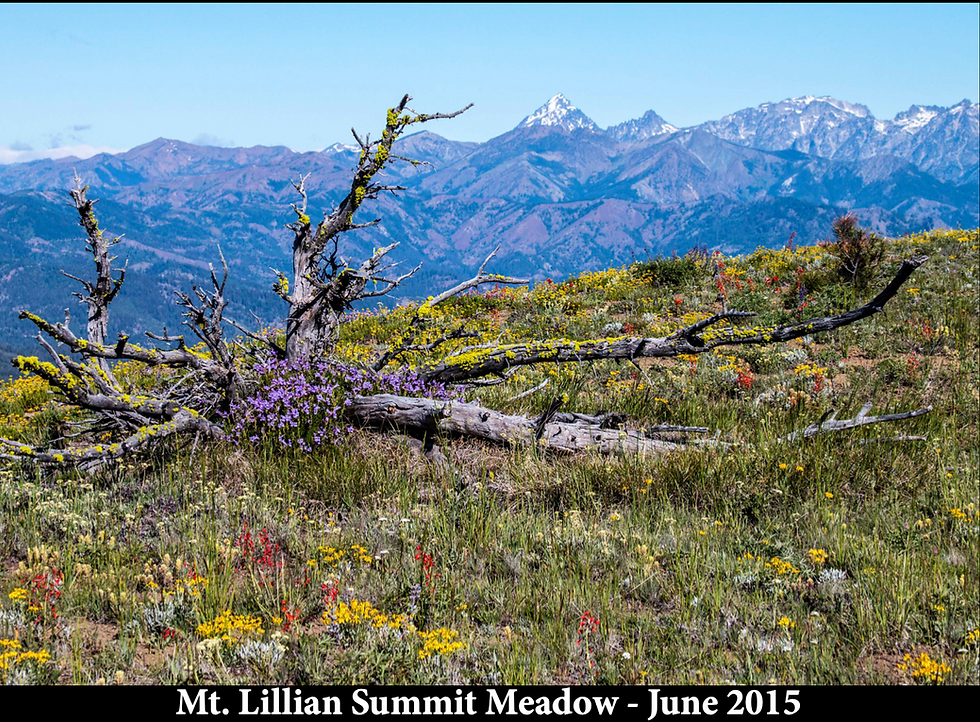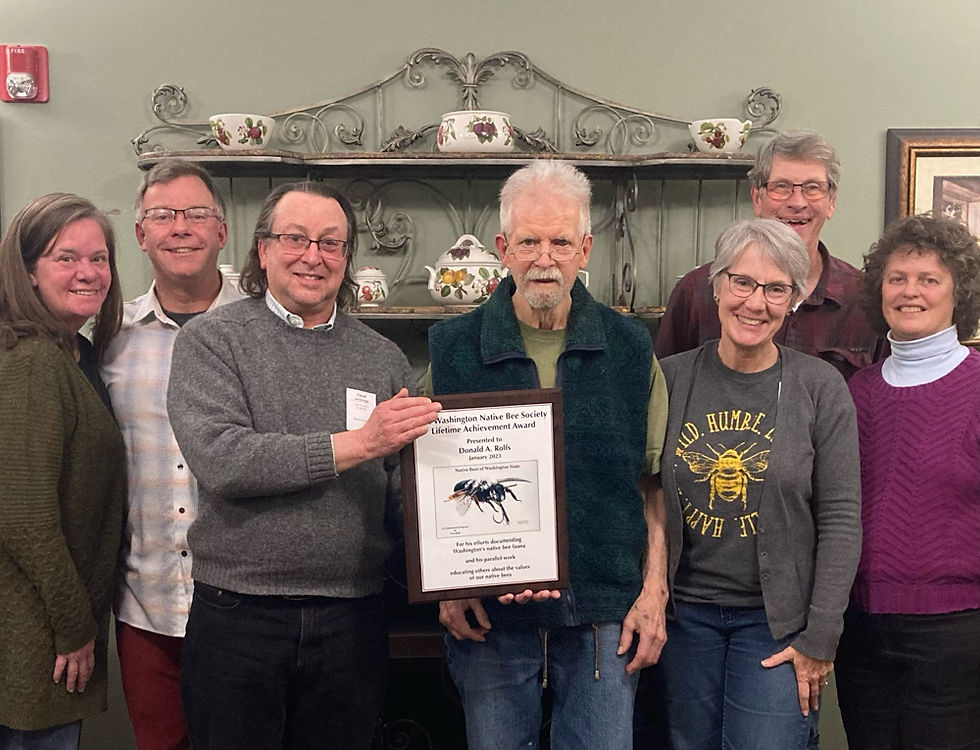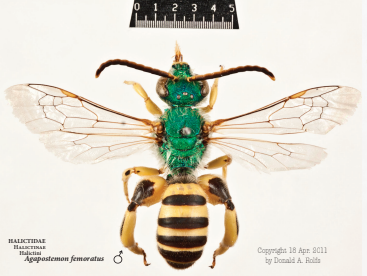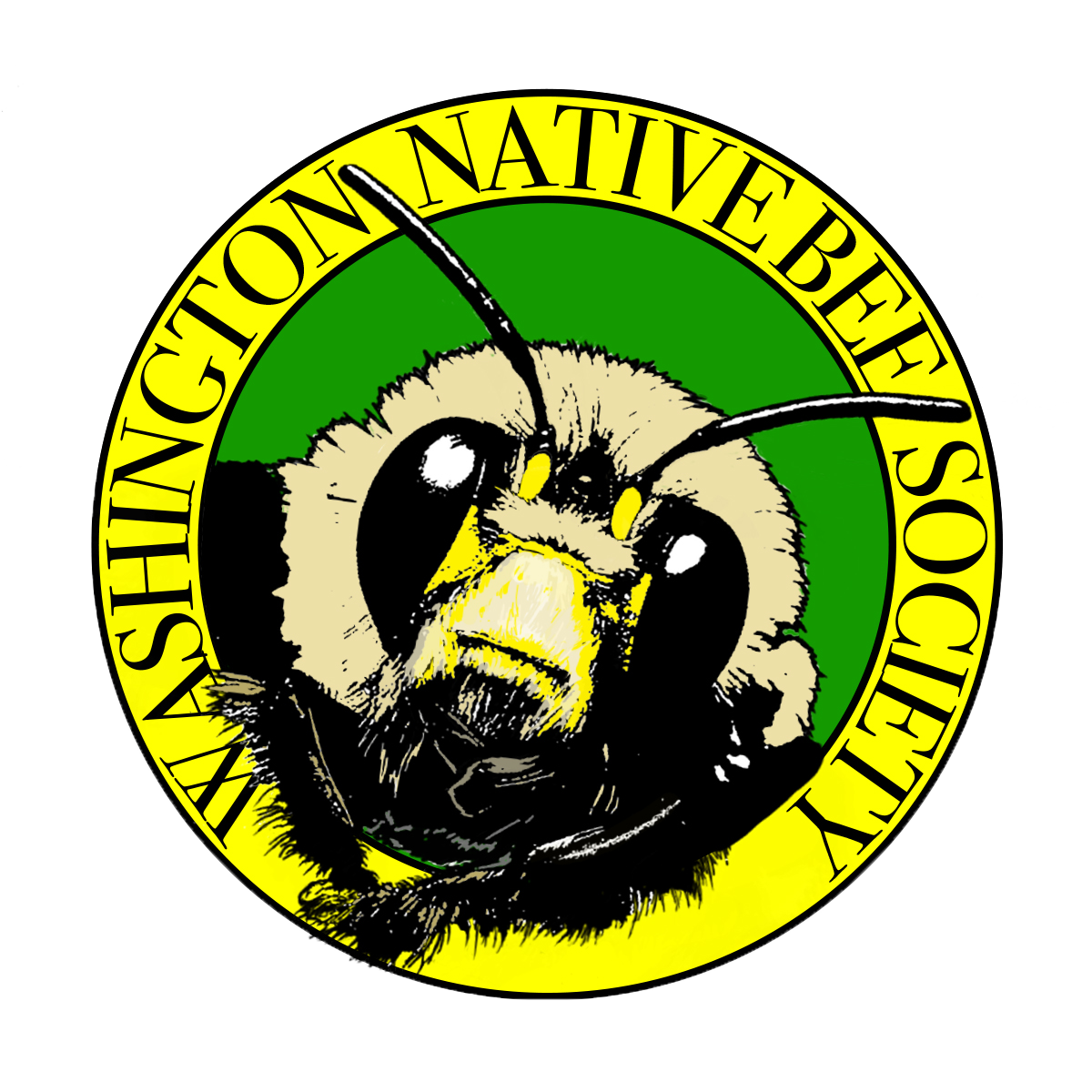
The Don Rolfs Outstanding Volunteer Award
The Don Rolfs Outstanding Volunteer Award honors the legacy of the late Don Rolfs, a pioneering native bee researcher in Washington State. It is given every January to individuals who have made significant impacts in the conservation of native bees and their habitats.
Recipients:
2025 - Julia Costello
2025 - Jim Davis
2024 - Joe Dlugo
About Dr. Don Rolfs
Dr. Don Rolfs, or “Don” once you got to know him, lived his life as a teacher, mountain climber, graphic artist, and skilled photographer, drawing much of his inspiration from the wilderness of Washington state. Even before he won a college scholarship in a statewide science fair—thanks to his impressive butterfly and moth collection—he had already immersed himself in field studies. Don’s academic training included mammalogy, ornithology, ecology, botany, and photography, reflecting his wide-ranging curiosity about the natural world. A very successful dental surgeon for many years, Don retired in 2005 and subsequently devoted himself to original research on native bees. His diligent focus on detail significantly improved fieldwork methods associated with both bumble bees and solitary bees.
Don’s professional life began in periodontics. He traveled nationwide teaching advanced dental techniques, accruing over a million airline miles. Yet no matter how busy he was, Don always found time to expand his collections of butterflies, moths, and micro-moths, eventually amassing a collection of thousands of specimens.
In 2006, graduate student Julie Combs asked Don to identify insects visiting two species of Astragalus in Dry Gulch near Malaga, Washington. While Don successfully named the butterflies and moths, he discovered there was no field guide for the bees they observed. This realization became the catalyst for Don’s journey into native bee research. He enrolled in “The Bee Course” in Logan, Utah, and formed relationships with experts like Dr. Terry Griswold, who provided voucher specimens of Washington’s bees to guide Don’s collecting efforts.
As Don collected more specimens, he explored further into the vital roles bees play in native ecosystems—especially high-altitude meadows that honey bees have never inhabited. Honey bees arrived in North America in the 1600’s, yet our alpine wildflowers have thrived for millennia without them. Don’s presentations featured a striking slide of a pristine mountaintop meadow, boldly stating:
No honey bees.
Not now.
Not in ancient times.
Not ever.

He emphasized that these ecosystems existed in harmony long before honey bees appeared. During one such talk, a deeply moved attendee cried out, “I’m sorry. I didn’t know!”—reflecting how profound Don’s message could be for those unaware of the delicate balance between native pollinators and their habitats.
After retiring from dentistry, Don brought the same meticulous attention to detail to his research on bees as he had to his advocacy presentations. He transformed his basement into a fully equipped research lab, complete with custom-built pinning boards, microscopes, and a hand-cranked photo-stacking system he designed himself. He developed innovative techniques for photographing bee specimens with their wings meticulously spread, producing vivid, educational images still widely used today.
Don crossed paths with other bee enthusiasts, including future WaNBS President David Jennings, who traveled with him to high-altitude sites in search of rare species like Bombus kirbiellus. Meanwhile, another future WaNBS Board member, Lisa Robinson, contacted Don after discovering a petal-cutting bee in a Curly Dock stalk. Don arrived on her back porch within hours, sparking a mentorship that endured. Lisa dedicated herself to sorting and identifying bumble bees in Don’s collection, shedding light on previously undocumented range extensions. Together, they created valuable resources that significantly advanced understanding of Washington's diverse bumble bee species.
Don’s legacy extends far beyond his collections. He donated his extensive butterfly and moth collections to Washington State University and Western Washington University, paving the way for future research. He also focused on documenting his unique research methods for others to replicate and compiled an illustrated catalog of the state’s solitary bees.
Dr. Don Rolfs demonstrated how passion, precision, and persistence could illuminate a world that often goes unnoticed. His work advocated for the protection of wild pollinators and preserved knowledge for future generations. Whether it was a tiny leaf-cutter nesting in a backyard dock stem or an alpine meadow untouched by honey bees, Don inspired us to appreciate and defend these extraordinary habitats.
As he often reminded us, nature’s balance is both fragile and resilient—treasured by those who take the time to look. If one person’s exclamation, “I’m sorry. I didn’t know!” could be transformed into the will to protect these vital pollinators, then Don’s life’s mission indeed made the world a richer place.

Don Rolfs received the first WaNBS Lifetime Award in 2023, surrounded by family, friends and colleagues.

Don working meticulously in his research lab.

Don's signature dorsal angle portraits of pinned bees included intricately spread wings, legs, and antennae. This specimen is Agapostemon femoratus, a metallic green sweat bee
Recipients
2025
Julia Costello
Julia came to our attention when we learned a Girl Scout from the Spokane area had gotten legislation started to increase the amount of pollinator habitat restored across the state on
private lands. The bill ended up passing both houses unanimously and signed by the Governor.
The word that comes to mind is CATALYST. She is definitely a change agent. WaNBS invited her to join our board to help us with messaging and outreach to youth and young adults. She has been a great addition!

2025
Jim Davis
Jim is a wildlife/wildlands conservationist who excels in building consensus and organizing
communities. He understands the conception that people care more about things they are
aware of—and Jim has been raising awareness of native bees including high altitude bumble
bees in and around Mount Baker for the past several years. He collects scientifically sound data and then uses the data to help inform and guide decision makers to better protect our lands and pollinators.

2024
Joe Dlugo
The WaNBS board spent a lot of energy deciding whom should be the very first recipient of Washington Native Bee Society’s first every Volunteer of the year. Once Joe’s name was suggested, everyone was in instant agreement. Why? Joe was one of the three folks who started WaNBS; Joe is our webmaster making what we do so accessible to others, and finally
Joe created, using his own images, WaNBS’ Native Bee Diversity of Washington State poster. We would not be an effective organization without Joe’s contributions on so many different fronts.

Learn them, respect them, protect them
We are governed by a dedicated board of directors who volunteer their time and expertise to further our mission of protecting and promoting native bees. Learn more about this dynamic team.

About WaNBS
Learn about the organization and its mission.
Add paragraph text. Click “Edit Text” to update the font, size and more. To change and reuse text themes, go to Site Styles.

Projects
Explore several exciting projects, including habitat restoration initiatives, educational workshops, and community science programs aimed at increasing awareness and conservation of native bees.

Bee habitat: Rock Penstemon in the high Cascades
Few mountain wildflowers are as radiant as rock penstemon. Where it grows in its carpet-like clumps, it is a bee–and a human–magnet.

